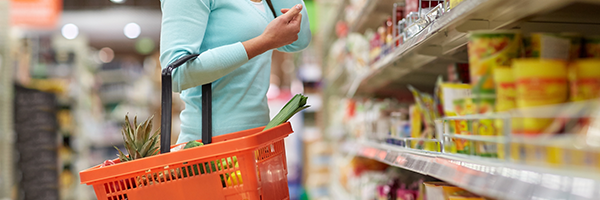In the first quarter the economy grew by 1.6%. That’s equal to an annualized growth rate of 6.4% for U.S. GDP.
You don’t have to look hard to find the cause. Consumer spending rose 2.6 percent in the first three months of the year, with a 5.4% increase in spending on goods accounting for most of the growth. Americans ramped up spending on cars, furniture, recreational vehicles and other long-lasting items, as well as on clothes and food. Spending on services, which has slumped throughout the pandemic, rose by a more modest 1.1%.
That growth in spending was, in turn, powered by a surge in income as the federal government sent out two round of pandemic relief checks. After-tax personal income, adjusted for inflation, jumped 12.7% in the first quarter, with the government payments accounting for most of the increase. Spending surged in a similar fashion after the first round of checks in 2020.
Americans still have plenty of cash to spend. Households were sitting on a collective $4.1 trillion in savings in the first quarter, up from $1.2 trillion before the pandemic.
Businesses have decided that spending to meet consumer demand is a good idea. Business investment rose 2.4% in the first quarter and is now above its pre-pandemic level.
Stock markets liked the news. At the close the Standard & Poor’s 500 was up 0.68% and the Dow Jones Industrial Average had gained 0.71%. The NASDAQ Composite was ahead 0.22 and the NASDAQ 100 was higher by 0.49%. The Russell 2000 small cap index lost 0.38% and the iShares Emerging Market ETF )EEM) was lower by 0.24%.
The CBOE S&P 500 Volatility Index (VIX) moved higher by 1.62% to 17.56 as investors and traders didn’t see much reason to re-evaluate their take on market risk. The yield on the 10-year Treasury rose 2 basis points to 1.63%. The yield is still down 8 basis points in the last month.



So let’s give Joe a bunch of credit here – real folks who needed to pay back rent, buy food rather then go to the local food bank (bless those neighbors), restock on life’s essentials went out and spent!
Gee, you mean they didn’t buy back stock like the smart folks did with the tax cut for the top of the earning sphere?
When we see that the middle and lower strata of our econ;omy get funds, they spend them to survive. Wow, imagine that!